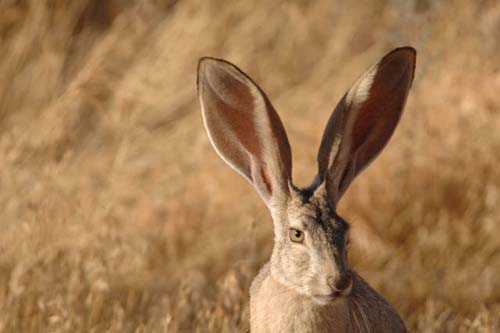“I don’t understand these people trying to help animals when there’s so much human suffering in the world. Shouldn’t they be helping humans instead?”
I was asked this question at dinner the other day. One of the characters in my novel, The Last Island, is an animal rights activist. The questioner thought that her passion, like that of many other animal activists, was misplaced. I answered the question as best I could at the time, but after some thought I realized that my response was inadequate. I’ve since come to a new conclusion.
Simply put, the advocacy of animal rights is a matter of compassion. Compassion is a practice, not a resource. It’s not limited and can’t be depleted. Like any other practice — meditation, prayer, kindness, love – it’s something within which one can grow and improve. Given that, compassion for animals does not displace or re-direct compassion for humans; one reinforces the other.
As is widely known, animal abuse in childhood is strongly linked to psychopathology and violence as an adult. So it would appear that cruelty, like compassion, is also a practice. But the nastiness doesn’t need to be personal, because it’s been shown that mere proximity to animal cruelty leads to an increase in violence toward humans.
A study by Amy Fitzgerald, Professor of Criminology at the University of Windsor, concludes that the link between slaughterhouses and increased violent crime in the surrounding communities is an empirical fact. The study states that “slaughterhouse employment increases total arrest rates, arrests for violent crimes, arrests for rape, and arrests for other sex offenses in comparison with other industries.”
While maybe we can’t conclude as an empirical fact that compassion toward animals increases compassion toward humans, we can be sure that cruelty toward animals, whether personal or systemic, increases cruelty toward humans. And isn’t that, more or less, the same thing?
So when you pass those good folks defending gorilla habitats in Rwanda, or protesting the fur trade in London, or seeking signatures to prevent animal vivisection in San Francisco, you might just give them a wave or a honk or a dollar — if not for their specific cause, at least for their compassion. And if you question why these energetic and idealistic people aren’t spending their time and energy helping humans, you needn’t do so.
The answer is simple: they are.
My debut novel is available here: The Last Island


As an animal lover myself, It bothers me when an athlete that has been found to have tortured dogs, or at the very least, condoned and it propagated it, is cheered by millions of and every week and makes millions of dollars. What does this teach our children?
LikeLike
Miami is a slaughter house of sorts with far too many drive by- shootings. They are different kind of violence than one person murdering another for they are wanton acts with no purpose except to terrorize or be part of a gang as it represents the initiation. Few killed are the intended victims but innocent children caught in the hail of bullets.
LikeLike
What a great post. I’ve often heard this question myself, and in response I try to express what you have so ably summarized here. I would add that suffering is suffering whether it is experienced by animals or humans. Humans have used their power over animals to create a great deal of suffering, and irresponsible human behavior in relation to animals is a serious problem. To my mind, our role in causing animal suffering through factory farming, abuse, neglect and environmental destruction means that we have a responsibility to try to rectify these problems. We don’t prioritize human problems and say “we must stop all slavery before we can tackle job discrimination.” So why should we conclude that all human problems must be solved before we can be compassionate toward animals?
PS The novel sounds cool! I will check it out.
LikeLike
Agreed, Linnet. And thanks.
LikeLike
I would argue that higher violence rates araound slaughterhouses today (if that statistic is true) results from the fact that slaughterhouses are staffed generally by un-unionized, low-paid, poor people who would demographically already have higher rates of violent behavior. It’s a de-humanizing (excuse the expression) environment that creates violence and stifles compassion. Compassion for all God’s creatures should be a natural state.
It is a curious social phenomenon that those concerned with animal rights are oftentimes distanced from human suffering.
LikeLike
The study mentioned and linked to was published in ‘Organization & Environment’ and controls for such factors as young men in the county, population density, the total number of males, the number of people in poverty, international migration, internal migration, unemployment rate, total county population, etc. And you’re right: compassion for all creatures should be a natural state.
LikeLike
Compassion is flowing love and you have captured it beautifully here. Love flows to all. ❤
LikeLike